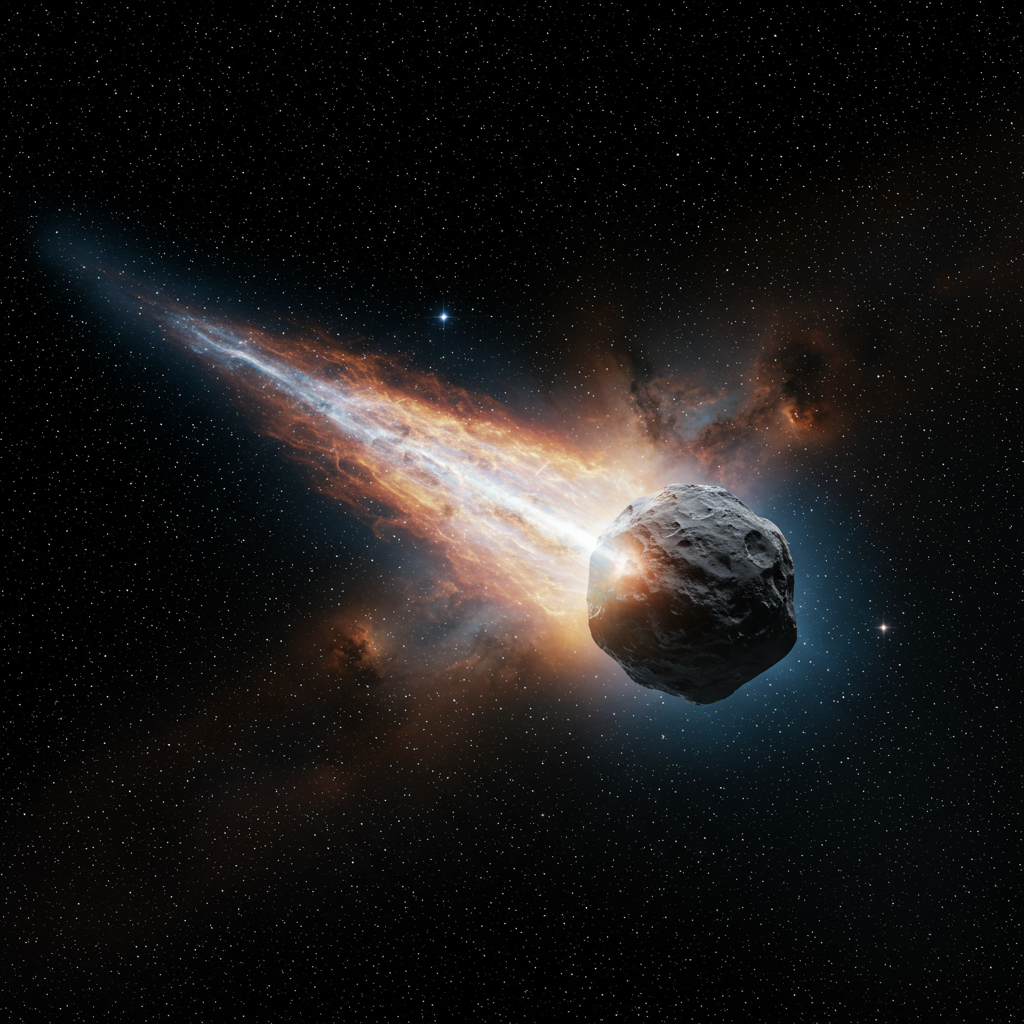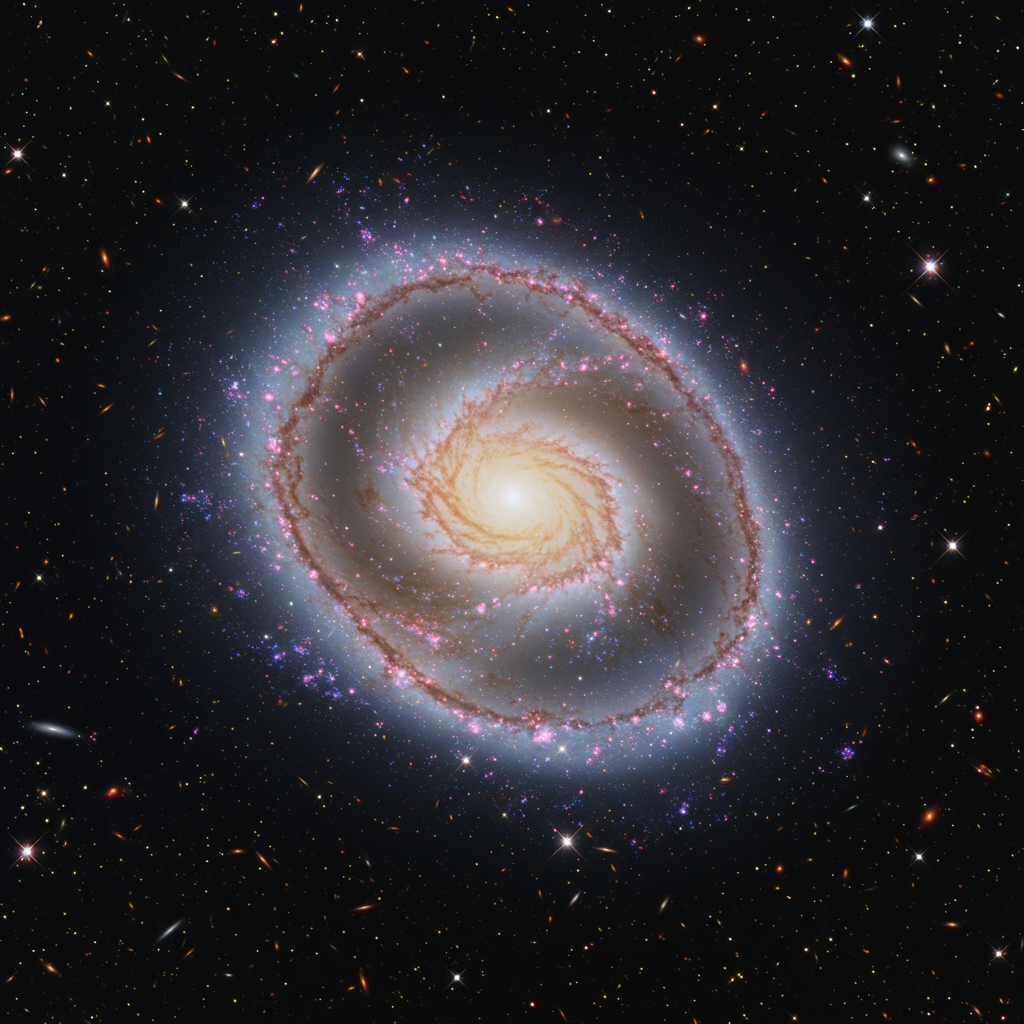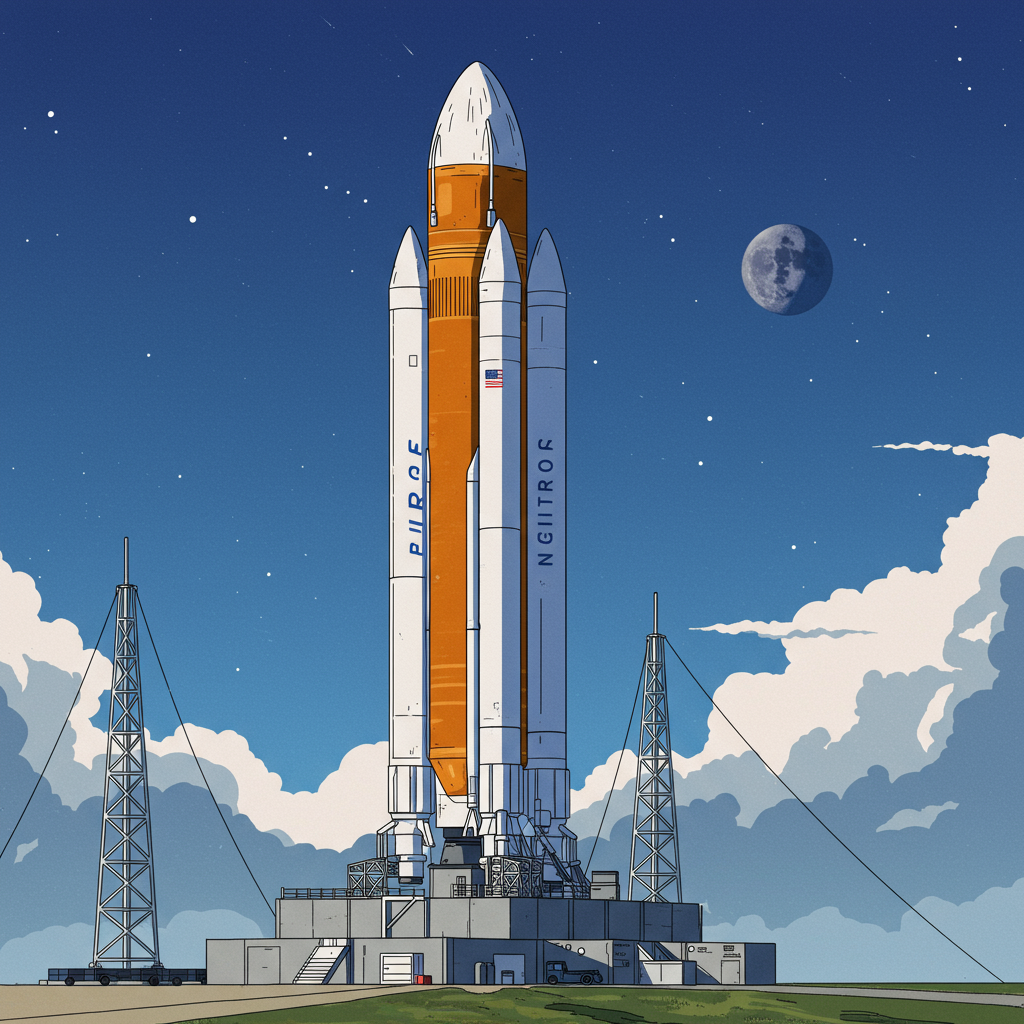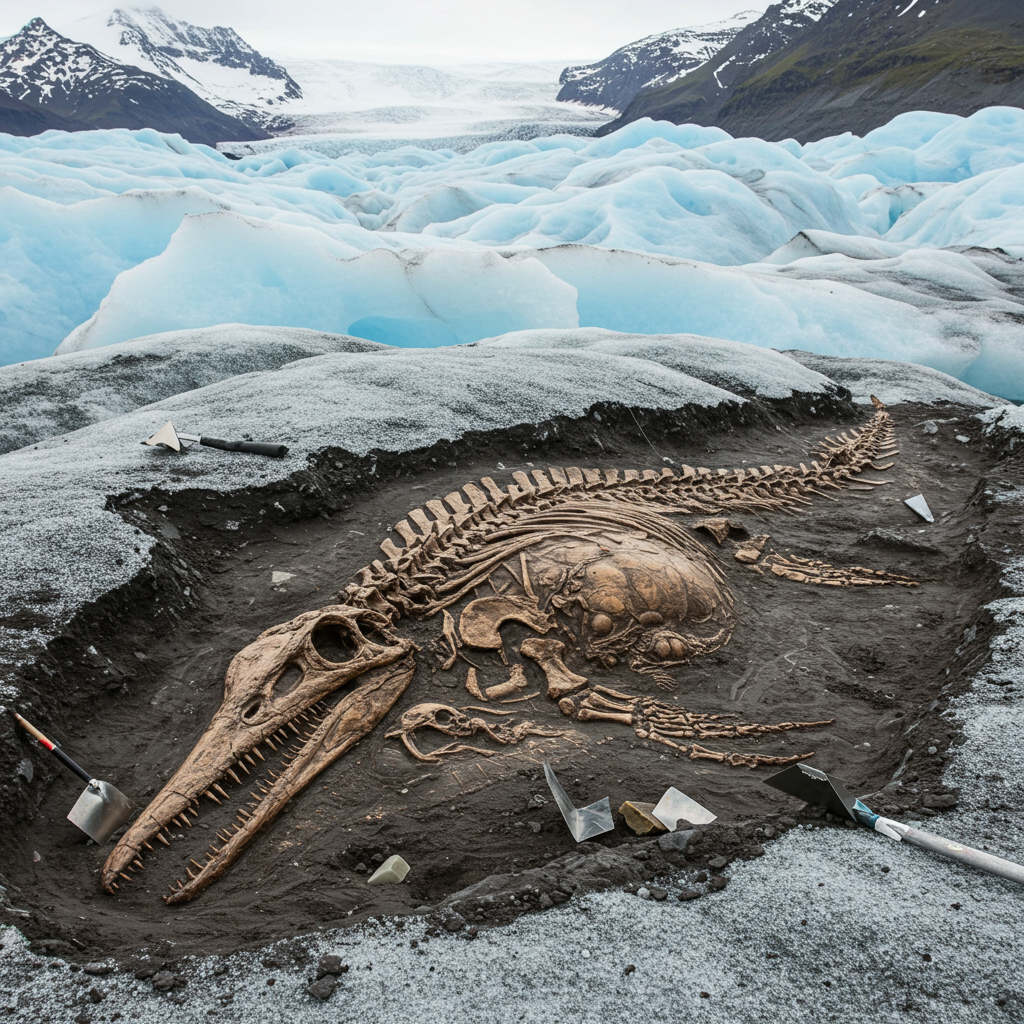The vast emptiness between stars is not entirely empty. Occasionally, incredible visitors from other <a href="https://news.quantosei.com/2025/07/06/astronomers-track-object-that-may-have-originated-outside-the-solar-system-2/” title=”Rare Interstellar Comet 3I/ATLAS Visits Our Solar System”>solar systems make their way into our cosmic neighborhood. Now, astronomers are tracking a remarkable new arrival. Designated 3I/atlas, this object is a comet that began its journey around a distant star. It’s hurtling towards our inner solar system, marking just the third confirmed interstellar object ever detected. Its passage offers a rare chance to study material forged in a different stellar forge.
Solar systems, like our own, are typically bound by the strong gravity of their central star. Objects born within them generally remain trapped, orbiting for billions of years. The space between stars is immense; the nearest neighbor star is over four light years away. Yet, we know objects can escape a star’s gravitational pull. Sometimes, very rarely, objects from outside can enter.
We’ve sent our own creations outward. The Voyager probes have crossed the boundary astronomers define as interstellar space. Two Pioneer probes are also on their way out, though communication is lost. New Horizons is following their path.
Natural objects can also be ejected from a solar system. This happens when a celestial body gets a gravitational boost. A close encounter with a large planet can fling a comet or asteroid onto a path with so much energy that it escapes the star’s gravity entirely. C/1980 E1 (Bowell) was the first comet we saw take this one-way trip. Discovered in 1980, it had a typical orbit until a close pass with Jupiter. The massive planet’s gravity accelerated it dramatically. Its orbit became hyperbolic, meaning it would leave our solar system forever.
Searching for Visitors from Afar
The existence of objects like C/1980 E1 (Bowell) carried significant implications. If our solar system, with gas giants like Jupiter and Saturn, can eject objects, other solar systems should do the same. Given the sheer number of stars in our galaxy alone – hundreds of billions – and the universe’s age, shouldn’t some ejected objects eventually drift our way purely by chance? For a long time, astronomers hadn’t observed any clear evidence of such interstellar visitors.
That changed in 2017. The first confirmed interstellar object arrived: 1I/ʻOumuamua. It was unusual, sometimes described as cigar-shaped. Initially classified as an asteroid, it lacked the expected coma or tail of a comet. It also showed a slight, unexplained acceleration away from the Sun. ‘Oumuamua was moving very fast, discovered already heading away from the Sun after its closest approach. This made detailed observations difficult. It was gone from view within about 80 days. Though some speculated wildly about its nature, scientists largely concluded it was a natural object. It was likely a dense chunk of rock and ice, perhaps with metals, that had wandered the Milky Way for millions of years. Its reddish surface might result from eons of cosmic ray exposure.
The Second and Third Interstellar Guests
Just two years after ‘Oumuamua, a second interstellar visitor was found in 2019: 2I/Borisov. Unlike ‘Oumuamua, Borisov clearly behaved like a comet, showing a distinctive coma and tail. This allowed for better study. However, its composition appeared different from typical comets born in our solar system. It contained very little water but high levels of carbon monoxide. This unique mix suggests Borisov might be representative of comets from its original star system, perhaps one located in the direction of the constellation Cassiopeia. Borisov provided valuable data, hinting at the diversity of material in planetary systems beyond our own.
Now, a third interstellar object has been confirmed: 3I/ATLAS. It was initially spotted by a telescope in Chile. This instrument is part of the NASA-funded Asteroid Terrestrial-impact Last Alert System (ATLAS). The ATLAS project monitors the sky for objects that could potentially collide with Earth. At first, 3I/ATLAS looked like a candidate asteroid. However, follow-up observations quickly revealed its true nature. Its high speed and trajectory were unmistakable signs it originated outside our solar system. Precovery images from June, found in old data after its path was calculated, further confirmed its interstellar path.
The Trajectory and Nature of 3I/ATLAS
3I/ATLAS is definitively a comet. It displays a “healthy coma,” a cloud of gas and dust surrounding its icy nucleus. This activity makes it quite bright, which helped astronomers detect it relatively early in its journey through our solar system. It’s currently located inside the orbit of Jupiter and is moving towards the inner solar system. Estimates suggest its size could be considerable, potentially up to 20 to 40 kilometers across based on early data.
Its speed is remarkable. It’s traveling at around 130,000 mph (approximately 60 km/s), and this speed will increase as it gets closer to the Sun. This velocity is significantly faster than what’s typical for objects orbiting our Sun. It’s even roughly twice the speed observed for ‘Oumuamua or Borisov when they were discovered. This extreme velocity is a key indicator of its interstellar origin, confirming it is unbound to the Sun’s gravity.
The path of 3I/ATLAS also shows differences from its predecessors. While ‘Oumuamua and Borisov entered our solar system from directions well outside the plane where most planets orbit (the ecliptic plane), 3I/ATLAS is surprisingly close to this plane. Its trajectory suggests it originates broadly from the direction of the constellation Sagittarius. Some analysis indicates it might come from the thin galactic disk of the Milky Way.
When and How We Will See It
Astronomers are eagerly anticipating the opportunity to study 3I/ATLAS more closely. It is expected to make its closest approach to the Sun (perihelion) between October and December. During this time, it will swing just inside the orbit of Mars. Its nearest point to the Sun will be about 2 astronomical units (AU) away – twice the Earth-Sun distance. It will also come within approximately 160 million miles (about 1.5 AU) of Earth, which is significantly farther than the Earth-Sun distance, meaning it poses no danger to our planet. It might also pass close to Mars’ orbit around the same time.
This window of approach provides a crucial period for observation using ground-based telescopes. By analyzing the light from its coma and tail, scientists hope to determine its size more precisely. They will also study the colors emitted by its outgassing dust and gas. This spectral analysis reveals the chemical composition of the comet’s nucleus. Comparing this composition to comets formed in our solar system and to 2I/Borisov will help build a picture of how matter differs in other star systems. Studying these interstellar visitors helps test our understanding of planet and comet formation processes across the galaxy.
While the observation window is limited due to its speed, astronomers are actively preparing. Catching these fast-moving, fleeting objects is challenging. Sending a spacecraft to intercept 3I/ATLAS is not feasible with current technology given its speed and trajectory. However, planned future missions, like the European Space Agency’s Comet Interceptor (set for launch in 2029), are designed to park in space and wait for a newly discovered interstellar object to provide a close-up study opportunity.
Are Interstellar Objects Rare? The Rubin Observatory’s Role
The discovery of three interstellar objects in just eight years raises a fundamental question. Are they truly rare events, or have they simply been difficult to detect with previous technology? Their faintness and high speeds made them easy to miss before powerful sky surveys became common.
A new observatory in Chile, the Vera C. Rubin Observatory, is poised to provide a definitive answer. This massive facility recently began operations in the Chilean Andes. It represents a significant leap forward in skywatching technology. The observatory features the Simonyi Survey Telescope with an enormous 27-foot primary mirror. This mirror is paired with the world’s largest, highest-resolution digital camera, boasting 3,200 megapixels.
The Rubin Observatory’s strength lies in its wide-field survey capabilities. It will repeatedly image vast portions of the sky with incredible speed and detail. Each image covers an area of sky equivalent to about 40 full moons. For the next ten years, Rubin will map the entire visible southern sky every three nights. This creates an unprecedented “movie” of the cosmos, allowing scientists to track subtle changes over time.
This capability makes Rubin ideal for spotting faint, fast-moving objects like interstellar visitors. It can detect them even when they are far away, potentially before they reach the inner solar system. By systematically surveying the sky with such depth and frequency, the Rubin Observatory will determine how often interstellar objects truly pass through our solar system. This data will reveal whether ‘Oumuamua, Borisov, and 3I/ATLAS are exceptional rarities or just the first few glimpses of a sky potentially filled with numerous undetected wanderers racing through the dark.
Frequently Asked Questions
What makes 3I/ATLAS an interstellar object?
3I/ATLAS is classified as interstellar primarily due to its extremely high speed and trajectory. It is traveling at about 130,000 mph (60 km/s) and accelerating as it approaches the Sun. This velocity is far too high for an object gravitationally bound to our Sun. Its orbital path is also highly eccentric, confirming it is not in a closed orbit around our star. These characteristics indicate it originated from outside our solar system and is simply passing through.
When and where can astronomers observe 3I/ATLAS?
Astronomers have a window to observe 3I/ATLAS as it approaches and passes through the inner solar system. Its closest approach to the Sun is expected between October and December, passing just inside the orbit of Mars (about 2 AU from the Sun). It will come within roughly 160 million miles (1.5 AU) of Earth during this period. Observations are being conducted using telescopes like the ATLAS survey telescope and will continue with other instruments as it brightens. The new Vera C. Rubin Observatory is also expected to play a key role in future observations and detecting more such objects.
Is 3I/ATLAS dangerous to Earth?
No, 3I/ATLAS poses no danger to Earth. While it is passing through our solar system, its closest approach distance is significant. At its nearest point to Earth, it will be approximately 160 million miles away. This is more than 1.5 times the average distance between the Earth and the Sun. Its calculated trajectory confirms it will pass safely by our planet without the risk of collision.
The discovery of 3I/ATLAS is a thrilling moment in astronomy. It underscores that our solar system is not isolated but part of a dynamic, interconnected galaxy where objects occasionally travel vast distances. Studying this third confirmed visitor, alongside ‘Oumuamua and Borisov, provides invaluable clues about the materials and processes in other star systems. With powerful new tools like the Vera C. Rubin Observatory coming online, we are on the cusp of understanding just how frequently these silent wanderers pass through our cosmic neighborhood.




